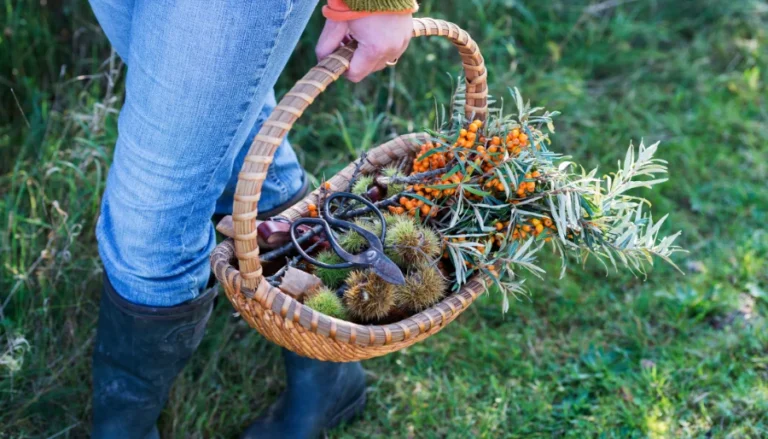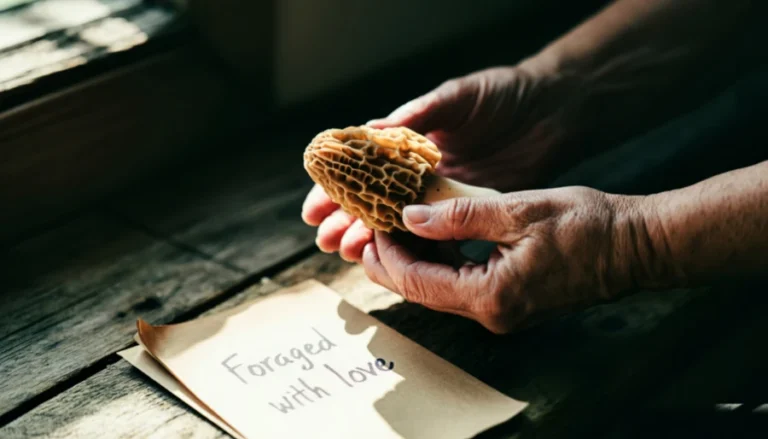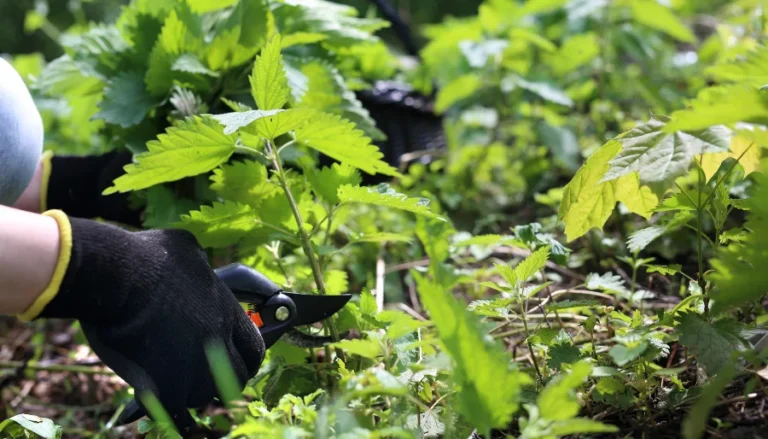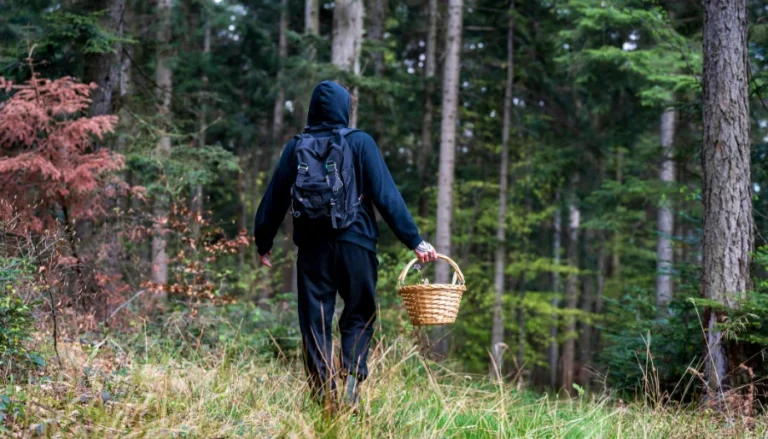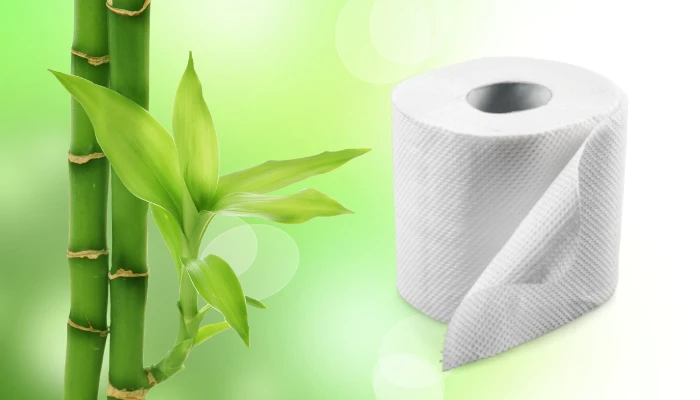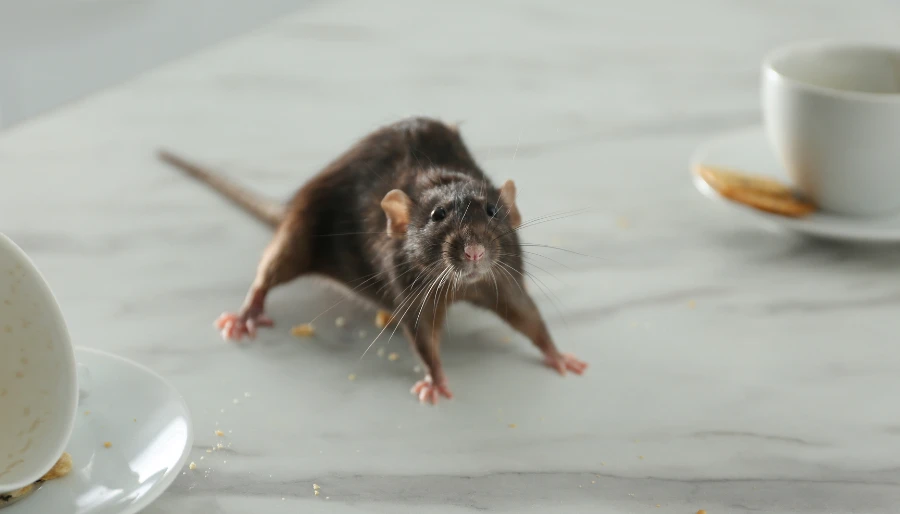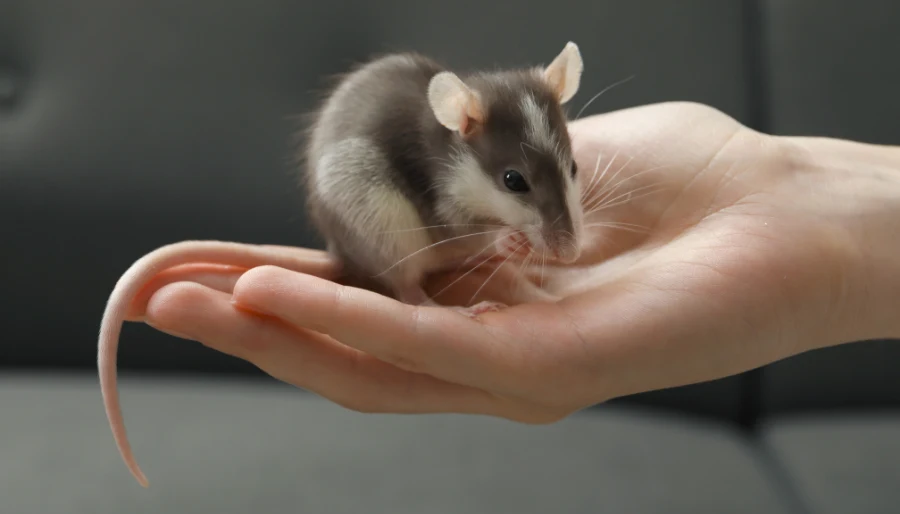Take the plant. Leave the place better. That’s the rule.
Foraging that lasts is a promise, not a hobby. You eat from a living system, and you must give back so it keeps living.
This guide shows you how with clear steps and real examples.
Simple habits that protect soil, water, plants, fungi, and the people who depend on them.
Start with a small circle
Learn one place until it feels like your outdoor home. Pick a nearby park or woodlot and walk through it every season. Pay attention to where water collects after rain and where wind dries the soil first. Watch which corners green up early in spring and which stay cold and bare. Track how shade shifts as trees leaf out, and how the ground firms or softens after a week of sun.
When you read these patterns, you start harvesting with the land instead of against it.
You reach for nettle tips in the damp strip by the creek, not on the dry path. You look for berries on the warm edge that catches afternoon light, not in the low pocket that stays cool.
Knowing one place deeply turns guesswork into timing, and timing is the difference between a patch that thrives and a patch that fades.
Foraging Tip: Let Nature Make Your Menu
A stream edge in April holds nettles and watercress. By June, the same strip pushes blackberries. In August, the bank is too dry to cut greens, so you switch to fruit. The place guides your menu.
Follow the “one in ten” rule
Call it a code, a rule, or a best practice, but this is the guiding principle for serious, professional foragers for a century.
It’s simple. If you have ten plants in front of you, pick only one. If you have thirty mushrooms, pick only three. Never take more than 10% of what is available to you in a single foraging spot. If you need more than the 10% that’s available in that spot, keep foraging and find another spot and harvest an additional ten percent from there.
This guarantees that you leave behind enough to continue the natural cycle of growth and to feed the critters that depend on these plants.
Foraging Tip: Ramps
Ramps in Appalachia are slow to recover. Many foragers only cut a leaf or two from each clump and never dig bulbs. Do this and the patch will return next year because the plant still has roots to feed itself.
Harvest parts, not whole plants
Leaves and tips grow back. Roots and bulbs do not. Choose techniques that keep the plant alive.
- Take the top four inches of nettles. They reshoot from the cut and stay tender.
- Clip a few spruce tips from each branch tip and move on. New growth still hardens, and the tree keeps its shape.
- With seaweeds like kelp, cut the blades above the holdfast. Never rip from the rock.
Rotate patches and rest them
When you return to the same spot repeatedly, you tire it out. Wild patches need breaks just like gardens do. Rotate where you pick so your footprints and scissors don’t concentrate damage in one place. Take a small harvest from one area this week, then work a different patch the next. Give the first site time to recover, whether that’s a few weeks for fast growers like nettles or a full season for slower species and mushroom beds.
You’ll see the difference: stems rebound, insect life stays active, and the soil crust doesn’t get compacted by repeated steps. Keep a simple notebook with dates, weather, and what you took.
Over time, you’ll notice patterns, like how a chanterelle slope fruits better when you skip midsummer visits, or how a streamside nettle stand bounces back faster after a rainy spell. Rotating isn’t about walking farther. It’s about leaving every place strong enough to greet you next year.
Foraging Tip: Chanterelle Mushrooms
A chanterelle slope can fruit several times in a wet summer, giving you multiple opportunities to forage the same spot. Pick lightly and move on. Skip your best slope for a month, and it’ll keep producing because you didn’t wreck it.
Carry the right tools and use them well
Bring clean scissors, a small knife, a brush, a breathable bag, and a map app. Clip cleanly. Don’t yank! Keep dirt out of your basket so you don’t spread weeds and pathogens to the next patch.
And always clean your blades between sites if you cut roots or bulbs. You’re not just collecting dinner. You’re preventing the possible spread of disease.
Protect the ground you stand on
Soil is a lively ecosystem right under our feet, so don’t crush it. Step on rocks and bare ground when you can. Avoid trampling moss beds and seedlings. If a slope is wet and slick, skip it. Your boot prints become ruts that channel water and erode a hillside.
Foraging Tip: What if you come across miner’s lettuce?
You find miner’s lettuce near a spring, and the ground is spongy. Pick from the drier edge, so the center stays intact. This way, the source will keep feeding the whole patch and you’ll have a fresh forage of miner’s lettuce next month.
Time your harvest to the plant’s life
Take spring greens early, before flowering. Take seeds and fruits late, after they sweeten. Wait for mushrooms until the caps open and the spore load is ready. You eat better. The plant or fungus spreads better. Everybody wins.
Foraging Tip: You come across black trumpets
Black trumpets drop clouds of spores when mature. Tap the cluster gently and watch the dust rise. Only pick a few because you just seeded the slope for next year!
Know and honor cultural plants
Target invasive edibles first
You protect native plants when you eat the bullies.
- Garlic mustard jumps into shade and outcompetes spring ephemerals. Pull the whole plant before it seeds. Make a garlicky pesto that freezes well.
- Japanese knotweed shoots taste like tart rhubarb. Cut young stems and cook them. Bag the scraps. Don’t spread fragments.
- Himalayan blackberry takes over creek lines in the West. Pick the fruit. Cut new canes at the base. Use the berries in jam and pies.
Every basket of invasives you remove is a gift to the natives that cannot fight back.
Read the water and the wind
Plants collect what the land sheds. Avoid harvests near busy roads, old barns with flaking paint, downwind of industrial sites, and at the base of storm drains. For seaweed and shellfish, check local red tide reports and harvest closures. Fresh food should not carry a hidden load of metals or toxins.
Example
Urban mulberries can be excellent. Choose trees set back from traffic and dog paths. Rinse in clean water, and you’ve turned a street tree into dessert.
Respect wildlife windows
Birds nest low in spring. Amphibians breed in shallow pools. Pollinators need flowers left standing. If you disturb a nest or see heavy insect use, step away. There’s always another patch.
Know the rules where you stand
Public lands often allow small personal harvests. Some parks prohibit digging. Some forests require a free-use permit. Commercial sales are a different world and usually need paid permits and reporting. Private land always needs permission. Ask. Most landowners say yes when you offer a jar of jam or a bag of cleaned greens.
Keep simple records
Write down date, location, species, weather, and amount. Track which patches rebound quickly and which need more rest. Over time, you’ll build a personal foraging map that protects the places you love and keeps your pantry full.
Clean as you go
Brush dirt and leaves from mushrooms in the field. Shake seeds back into the patch. Pack out every bit of trash you find, even if it’s not yours. Leave the place cleaner than you found it. People notice. They’re more likely to welcome foragers when the trail looks better after you pass.
Share the patch wisely
If a spot is fragile or rare, keep the location private and teach principles instead. If a spot is robust and common, bring a friend and show them your method. The goal isn’t secret hoarding. It’s long-term abundance.
Cook with respect for the seasons
Eat what the land offers right now. Spring nettles and watercress. Early summer berries. Late summer mushrooms and herbs. Fall nuts and hips. Preserve a little for winter. Freeze nettle pesto. Dry black trumpets. Pickle ramp bulbs only if you harvested them from a legal, abundant stand and left plenty of plants to seed.
Give back to the patch
Do small restoration projects while you forage.
Pull a handful of invasive seedlings. Scatter native seed you collected earlier with permission. Move a fallen branch to block a shortcut that erodes the bank.
These tiny acts add up and as a forager, you have a vested interest in the long-term prosperity of the area.
Teach what you practice
Why not create a local foragers group by inviting beginners to join you.
Show them how to count plants before picking them. Show them the difference between a clean cut and a yank. Tell them why you skipped that easy patch near the road.
Skills stick when people see the why.
Quick species examples that pair with sustainable habits
Stinging nettles
Clip tips only. Rotate stands. Freeze extra as pesto.
Ramps and wild garlic
Harvest leaves from many clumps. Skip bulbs unless you have explicit permission and a dense, healthy population.
Chanterelles
Cut or twist carefully to keep duff intact. Brush clean in the woods. Leave the smallest buttons to expand.
Blackberries and mulberries
Favor invasive blackberry thickets. Spread your picking, so birds keep food, too.
Seaweeds
Cut above the holdfast. Check bloom alerts and closures before you go.
Garlic mustard
Uproot the whole plant before seed set. Turn the leaves into pesto and the stems into quick pickles.
More To Discover
- Chinese-Made Offshore Wind Energy Farms Are A Dual Threat
- My Journey Losing 250 Pounds Without Surgery Or A Prescription And What I Eat Each Day
- From Factory to Fizz: The Environmental Road Trip And Impact of Soft Drinks
- The 5 Most Toxic Items You Should Remove from Your House and Their Healthy Replacements
A simple forager’s code:
Take only what you’ll eat this week.
Leave enough for wildlife.
Protect the roots and the soil.
Skip polluted ground.
Ask before you pick.
Teach someone new.
Do this and your basket will stay full year after year. More important, the places you love will stay alive. Above all, foraging is not running amok in a beautiful meadow yanking up plants while whistling a tune. That’s destructive!








